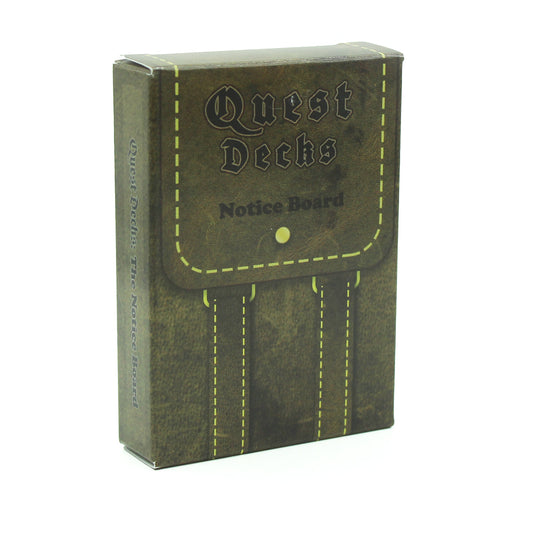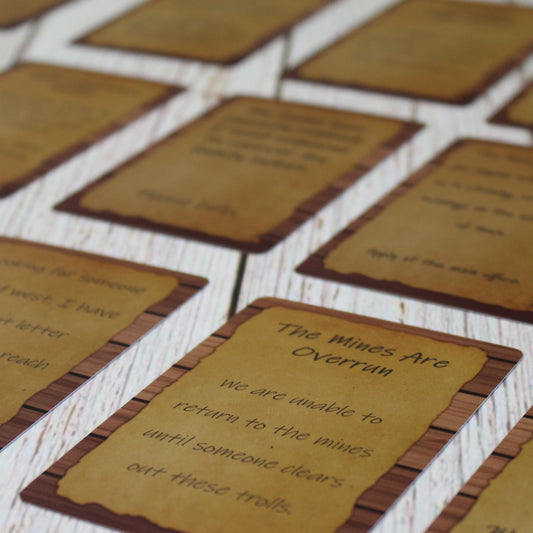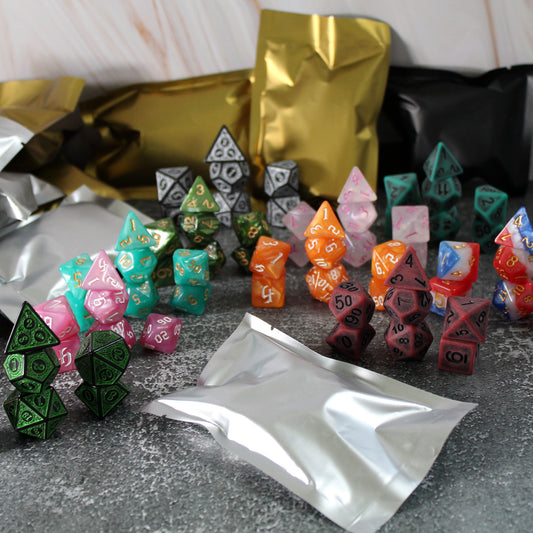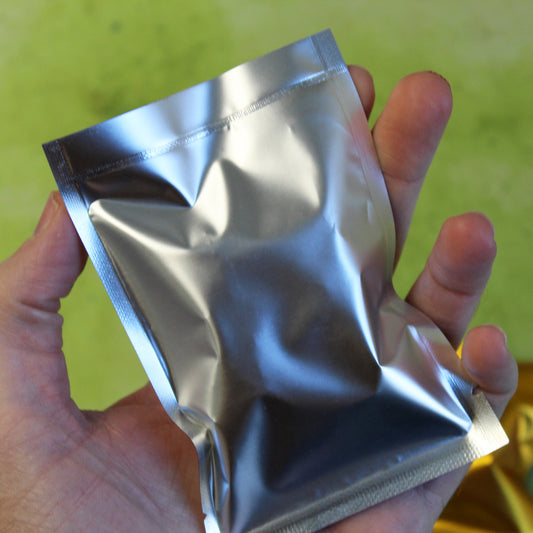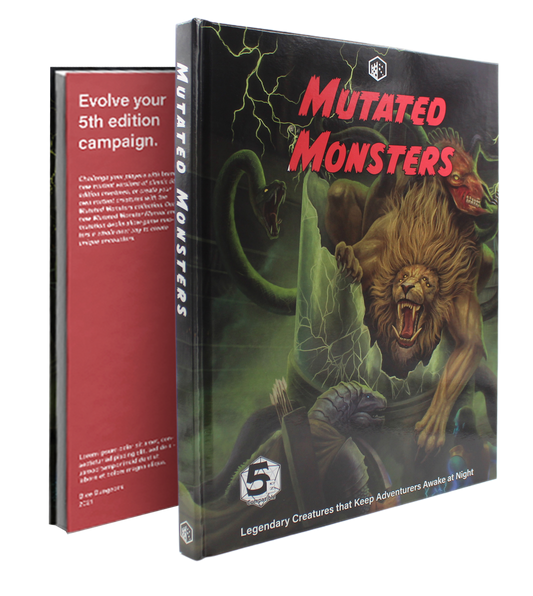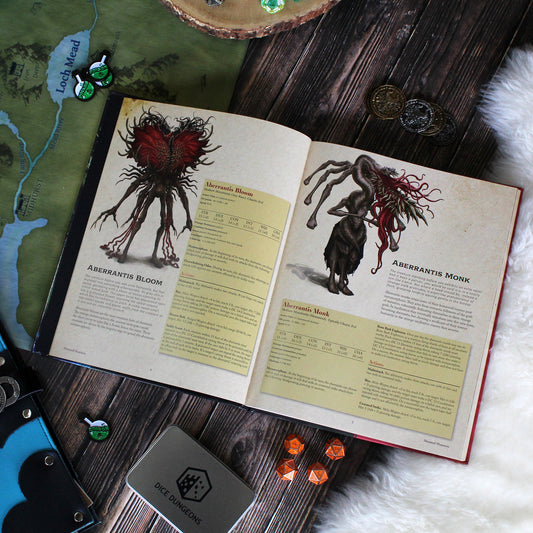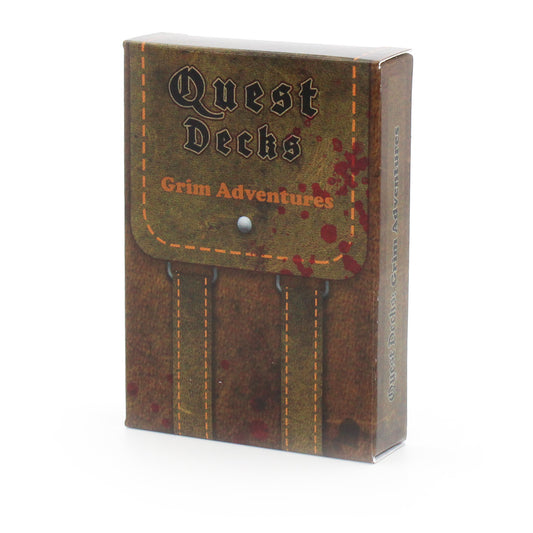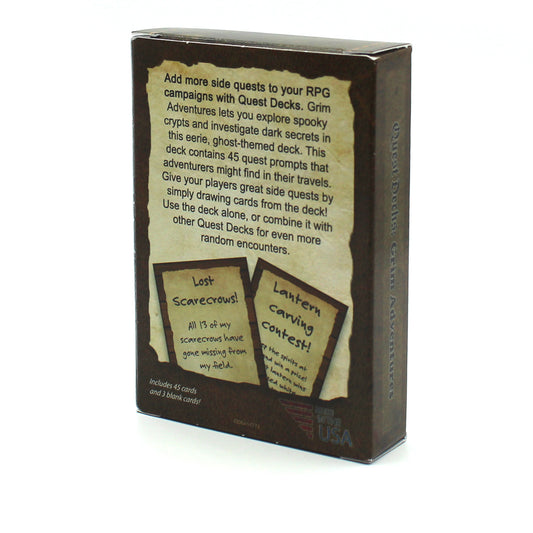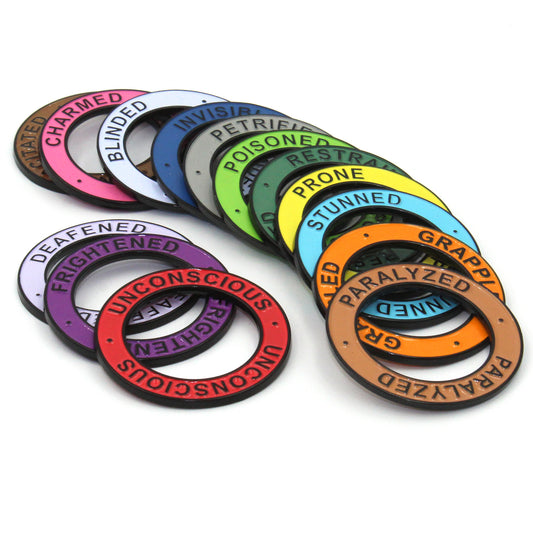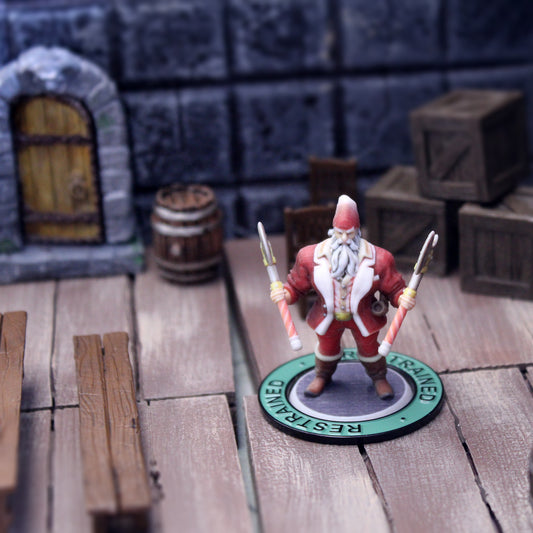Running a great tabletop session is part storytelling, part improvisation, and part stagecraft. A strong battle map sets the mood, sparks creativity, and makes the action clear for everyone at the table. BattleCloth Maps level up that experience with durable microfiber cloth, a crisp 1-inch inlaid grid, and portable 21.5" x 21.5" sizing that fits bags and backpacks.
With 20 unique designs covering dungeons, forests, oceans, ruins, and villages, you can drop a scene on the table in seconds and keep the pace moving.
1) Boss Battles That Feel Cinematic
The right map raises the stakes before initiative is rolled. A ruined temple for a demon’s lair, a coastal dock for a smugglers’ last stand, a rocky canyon for an ambush. BattleCloth art lines up cleanly with the 1-inch grid, so minis and terrain place naturally.
Tip: Reuse a single map in different contexts. That same temple can become a forgotten shrine later in the campaign.
2) Travel Encounters That Move Fast
Overland travel often stalls when you are sketching terrain. Unfold a forest, desert, or cliffside map and your players immediately see lanes of approach, cover, and elevation. Encounters run quicker, decisions get sharper, and pacing stays tight.
Example: Keep a forest or canyon design handy for random encounters. A five-minute setup becomes a full scene with clear sightlines and objectives.
3) Quick One-Shots and Store or Convention Games
Setup time matters with new players or limited slots. Cloth maps lay flat, fold small, and look great under harsh store lighting. Unfold, place minis, play. No tape, no curled edges, no glare.
Pro move: Carry a small set, cave floor, forest, coast, and ruins, and you can run almost any scenario on the fly.
4) Layered Terrain With Minis and Scatter
Combine BattleCloth backgrounds with 3D scatter, tokens, and miniatures. The soft, flat surface prevents wobble, and the printed art ties your scene together.
- Rock scatter on a dungeon map to sell a cave-in.
- Barricades and carts on a village map for a siege or heist.
- Boats and crates on a dockside map for coastal raids.
5) Recurring Locations in Long Campaigns
Memorable campaigns revisit places that matter. Paper degrades, vinyl curls. Cloth holds up through months of play, folds cleanly, and keeps artwork sharp.
Example: Use the same dockside map for a level 2 smuggler skirmish, then again at level 8 when the pirates return with reinforcements. The callback feels intentional and rewarding.
Why Cloth Works Better Than Paper or Vinyl
- Always flat: No folds, no curled corners.
- Portable: Fold or roll and toss into a backpack.
- Durable and washable: Wipe spills, keep playing.
- Clear 1" grid: Fast, accurate miniature placement.
- Artwork that inspires: Hand-drawn designs for many encounter types.
Browse all 20 BattleCloth Map designs and prep your next session in minutes.

FAQ: Using BattleCloth Maps
Can I draw on BattleCloth Maps?
We do not recommend dry-erase or wet-erase markers. For temporary effects, place clear acrylic overlay, tokens, or acetate on top of the cloth.
What are the map dimensions?
Each map measures approximately 21.5" x 21.5" with a 1-inch inlaid grid sized for standard 28 mm miniatures. Some maps tile or connect together to create huge maps.
How do I store and clean them?
Fold or roll for storage. Spot clean with a damp cloth. For heavier cleanup, hand wash cold and air dry flat.
Do they work with 3D terrain and minis?
Yes. The cloth surface is flat and stable, so bases sit cleanly. The printed art pairs well with scatter terrain and tokens.
Get BattleCloth Maps for your next game


